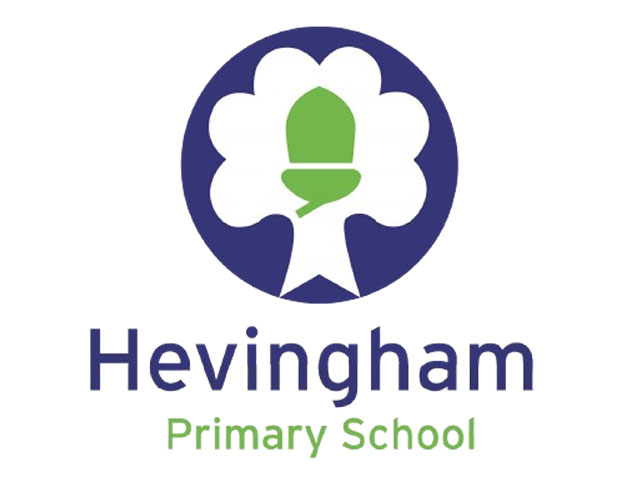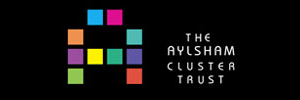| 4. Show Numbers To 10 | |||
| Milestones | What this will look like | How adults can help | |
| Between 2 – 3 Years Old | Children enjoy joining in with finger song and rhymes. | Children will be able to show some numbers on their fingers, usually by copying or with the support of an adult. Children are developing their use of number words – one, two etc – and can show understanding of some of these. | Adults will sing counting songs and rhymes daily, modelling the use of fingers to represent number and changing amounts. These may be sung in group time or during play when appropriate – EG; playing with frog toys in the water tray and singing Speckled Frogs. |
| Children are able to count in everyday contexts. | Children show an interest in numbers that have meaning to them – such as an age. Children are able to recite some numbers from 1, possibly not in order or skipping some. Children are developing counting like behaviour, such as pointing to an object while saying a number name. | Adults will display numbers around the environment in a purposeful way. This may include signs showing how many items need to be on a shelf or the age of each child. Adults will model touch counting as part of daily practise – during play, checking there is enough snack for everybody, how many coats are in the cloakroom etc. Adults will play games with children where counting is involved. | |
| Children show an interest in pattern. | Children notice patterns within the environment. They arrange objects in shapes and patterns, such as lining up the cars or creating an enclosed space with the blocks. | Adults will point out patterns around the environment – “Look at this zebra’s stripes! Black, white, black, white…” They will also model creating patterns with colour, shapes and objects. Resources will be provided for children to explore this independently. | |
| Between 3 – 4 Years Old | Children will count up to 5, and then 10, objects. | Children will recite numbers to 10 without skipping any. They will demonstrate mostly accurate touch counting with numbers below 10. Children will know that the last number reached when counting tells them how many are in the set. Children will begin to subitise with small amounts. Children will be able to show one more or one fewer using objects. | Adults will provide daily opportunities for adult led counting – snack, birthday claps, how many children are here today etc. Adults will use opportunities during play to model and teach good one to one correspondence, beginning with children moving items and progressing until they are able to point. Adults will show number in consistent ways, such as dice and Numicon tiles so that the children begin to subitise. |
| Children will begin to represent number. | Children will begin to identify numerals, starting with those that are meaningful to them, such as age or door number. They will show an interest in numerals around the environment. Children will use objects, marks or Numicon tiles to show amounts. Children will be able to link amounts to known numerals correctly. | Adults will point out and discuss numerals in the environment during play. They will also plan some adult led activities, such as number hunts, to familiarise the children with some numerals. Counting resources and Numicon tiles will be freely available within the setting for children to access independently. Adults will play number games with children to reinforce counting, comparing groups, and numeral recognition. | |
| Children will solve some real world problems involving number. | Children will compare quantities using the vocabulary of “more than,” “fewer than,” and “same as” or “equal to”. Children will create, extend and fix ABAB patterns. Children will begin to develop an understanding of one more/fewer and sharing. | Adults will plan and look for opportunities for children to solve problems. They will discuss the problem with the children, using sustained shared thinking to find a solution. For example, if there are 3 apples for snack but 4 children, what we could we do? Adults will model the use of vocabulary, sharing, adding and taking away, narrating their thought processes and attempts to the children. | |
| During the Reception Year | Children can count verbally beyond 10. | Children can count objects, actions and sounds accurately to 10 and then to 20. Children can match numerals to amounts. Children can show and use one more or fewer than a given number. Children can subitise amounts to 5. Children can identify some patterns in number, such as odds and evens. | Children will take part in adult led Maths activities as well as having carefully planned independent activities available along with a wide range of mathematical resources. Adults will play number based games, games with dice, and sing number based songs with children regularly. Adults will continue to model purposeful counting within the environment, such as in the roleplay area. Adults will plan and look for opportunities for children to solve problems. They will discuss the problem with the children, using sustained shared thinking to find a solution. Adults will model problem solving and reasoning skills, showing that they make mistakes and what these can teach us. |
| Children can use objects to show amounts in different ways. | Children explore the composition of numbers to 10, using objects and Numicon tiles to support this. Children represent numbers using objects and marks. Children are able to solve addition and subtraction problems, using a range of taught methods and appropriate resources. Children use objects and marks to explore doubling, grouping and sharing. Children begin to count in 2’s. Children can identify, understand and use the symbols + – and =. | ||
| Children can solve problems using number and pattern. | Children can use everyday vocabulary to discuss number and pattern. Children can compare groups, using the vocabulary of “more than, fewer than and equal to”. Children try a variety of methods to solve a problem, using what they already know about number. Children are able to explain their planned approach and then whether it did or did not work. Children are able to recall some key number facts – such as bonds to 5 or 10 and doubles – and begin to use these to solve problems. | ||


